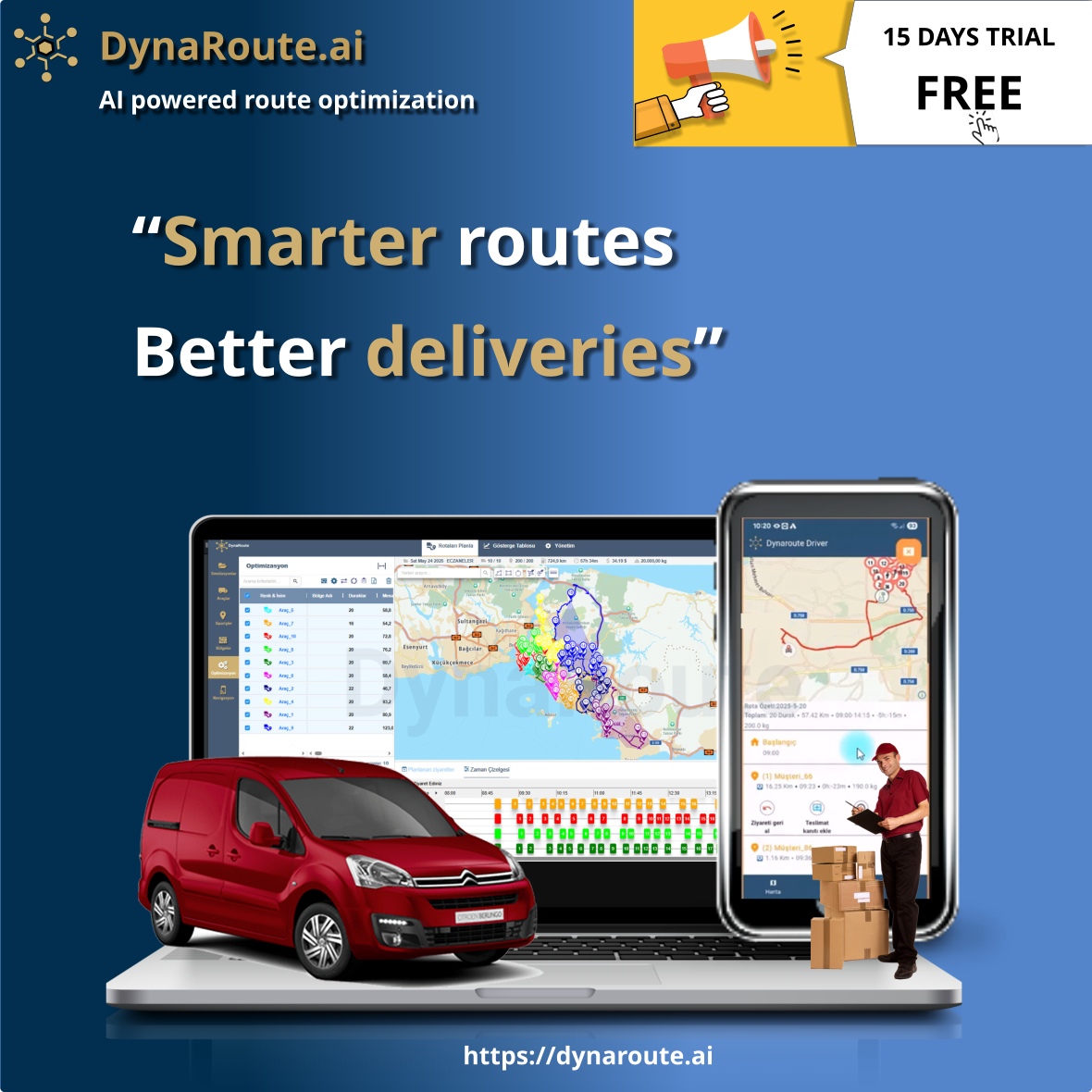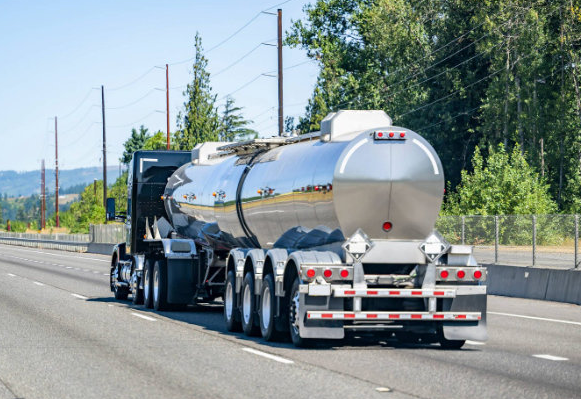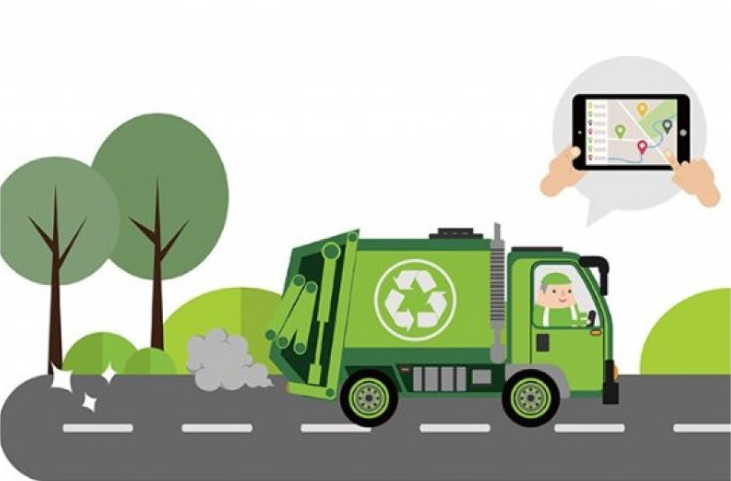Editor's Pick


Dynaroute.ai Route optimization is the process of finding the most efficient route or set of routes for vehicles or people to travel between multiple locations, considering specific constraints and objectives. It goes far beyond simple point-to-point navigation. Here's a breakdown of what it involves and why it's important: Core Goal: Minimize one or more key metrics: Total Distance Traveled Total Travel Time Total Fuel Consumption Total Operating Costs Number of Vehicles Needed Driver Hours Customer Wait Times Key Constraints (Real-World Factors): Time Windows: Deliveries/pickups must occur within specific time slots (e.g., "between 9 AM and 11 AM"). Vehicle Capacity: Limits on weight, volume, or type of cargo each vehicle can carry. Driver Hours: Legal limits on driving time and mandatory breaks. Vehicle Compatibility: Certain vehicles can only access certain locations (e.g., size restrictions). Traffic Conditions: Real-time or historical data affecting travel times. Road Restrictions: One-way streets, no-truck zones, tolls. Driver Preferences/Skills: Assigning routes based on familiarity or required skills. Multiple Depots: Vehicles starting and ending at different locations. How it Works (The Complexity): It's a complex mathematical problem, often falling under the Vehicle Routing Problem (VRP) or Traveling Salesman Problem (TSP) in operations research. Algorithms (like Dijkstra's, A*, or complex metaheuristics like Tabu Search or Genetic Algorithms) analyze massive numbers of possible route combinations. Software factors in all constraints and objectives simultaneously to find the best possible (or a very good) solution, not necessarily the absolute perfect one (which can be computationally impossible for large problems). Why it Matters (Benefits): Significant Cost Savings: Reduces fuel, vehicle wear-and-tear, labor hours. Improved Efficiency: More deliveries/pickups completed per day with the same resources. Reduced Environmental Impact: Lower fuel consumption means fewer carbon emissions. Enhanced Customer Service: Meeting time windows reliably, providing accurate ETAs. Better Resource Utilization: Fewer vehicles needed, optimized driver schedules. Increased Scalability: Allows businesses to handle more orders/locations efficiently. Reduced Driver Stress: Clearer, more efficient routes. Examples of Use Cases: Delivery Services: (Food, packages, groceries) Finding the fastest route for multiple drop-offs. Field Service: (Technicians, sales reps) Scheduling appointments efficiently across a territory. Waste Collection: Optimizing garbage truck routes. Public Transportation: Planning bus schedules and routes. School Bus Routing: Getting students to school efficiently with capacity and stop time constraints. Ride-Sharing/Taxis: Matching passengers and drivers on optimal routes. Long-Haul Trucking: Planning multi-stop routes across regions. In essence: Dynaroute Route optimization uses advanced math and software to solve the complex puzzle of moving people or goods between many points in the real world, balancing speed, cost, resources, and constraints to achieve the best overall outcome. It's a critical technology for logistics, transportation, and any business reliant on efficient mobility.





